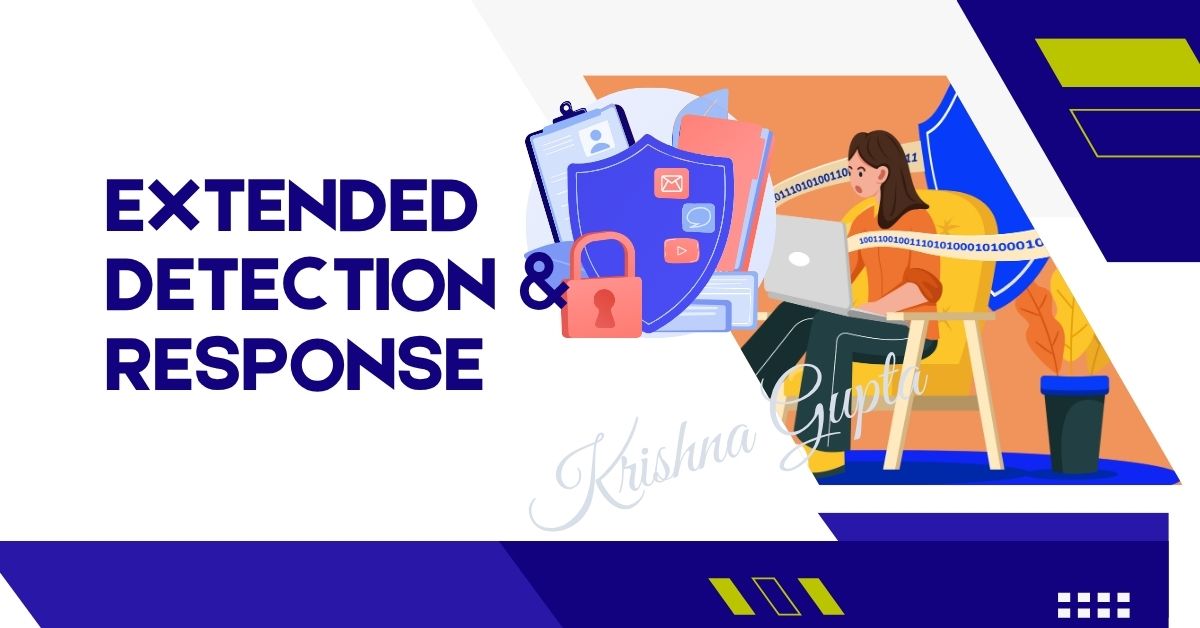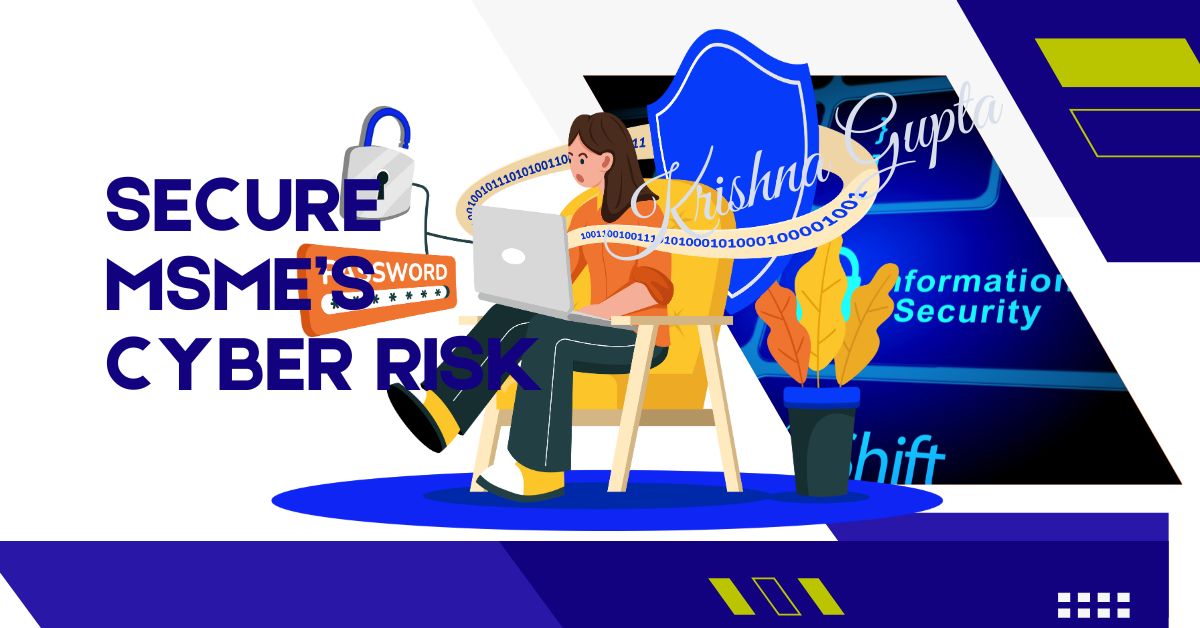🛡️ Microsoft Defender XDR: Unified Extended Detection & Response for Enterprise-Grade Security
🛡️ Microsoft Defender XDR: Unified Extended Detection & Response for Enterprise-Grade Security 🎯 Executive Summary Microsoft Defender XDR (Extended Detection and Response) is a cloud-native, AI-driven cybersecurity platform that integrates signals across endpoints, email, identities, applications, and cloud infrastructure. It offers deep threat visibility and coordinated defence mechanisms, helping organisations stop breaches before they escalate. …




